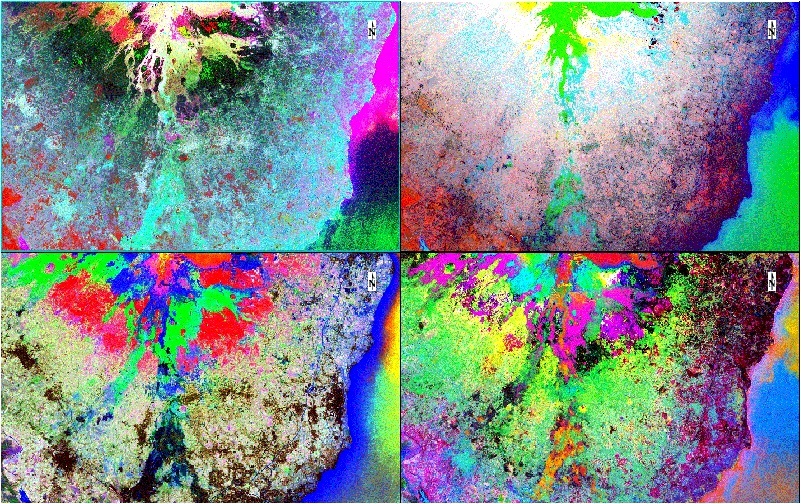Moving At The Speed Of Summer
Lazy Days No More
Anonym
I was on vacation last week, visiting family and enjoying a change of scenery. When I left on the trip, it was summer here in the Northern Hemisphere. Returning on Monday, that has all changed. Basically, if you’re not ready for fall now, you’re already very far behind. Classes at CU Boulder start in 18 days, and the Parade Of U-Hauls has begun as students move back and leases expire. Another sign of the looming end of summer: the deadline for submitting an abstract to the 2014 AGU Fall Meeting (in San Francisco 15-19December) is the end of today. It was extended 24 hours due to overwhelming demand crashing their system. So, it’s not just summer that’s speeding along. In spite of meager funding and support in the US, progress in the earth sciences is rapid, too. As of this morning, AGU had already received 19,500abstracts. We’ll see if there’s a new record when the deadline passes tonight.
Time has an extra bit of importance compared to other variables because it has a habit of slipping away so quickly, and you can never get it back. (That was a week of vacation? Felt like two days, three tops…). It has extra significance in geospatial work because how things work and change over time is where the interesting and important results are found. Sea ice extent or current climate are interesting, but how they’re changing and why is the critical part. For #AGU14 I’m co-author with my colleague Robert Schafer on an abstract highlighting a new set of time series tools for geospatial data that will be in our new ENVI release this fall. My first-author submission, “Using Advanced Remote Sensing Data Fusion Techniques for Studying Earth Surface Processes and Hazards: A Landslide Detection Case Study”, is a case study using a new algorithm I’ve developed showing some promising results for landslide, hazards, and change detection on multi-temporal and multi-modal datasets. Vacations and summer might slip by quickly, and there’s not much we can do to stop that. But, what we can now do with geospatial data over time will at least let us make the most of it!
There is at least one instance when time moves slowly. I’ll have to wait until October to find out if I’ll be giving a talk or a poster at the Fall Meeting. Have you submitted an abstract? I hope to see you there! Until then, here’s a sneak preview of that algorithm’s results, run on some Landsat 8data over Sicily.
